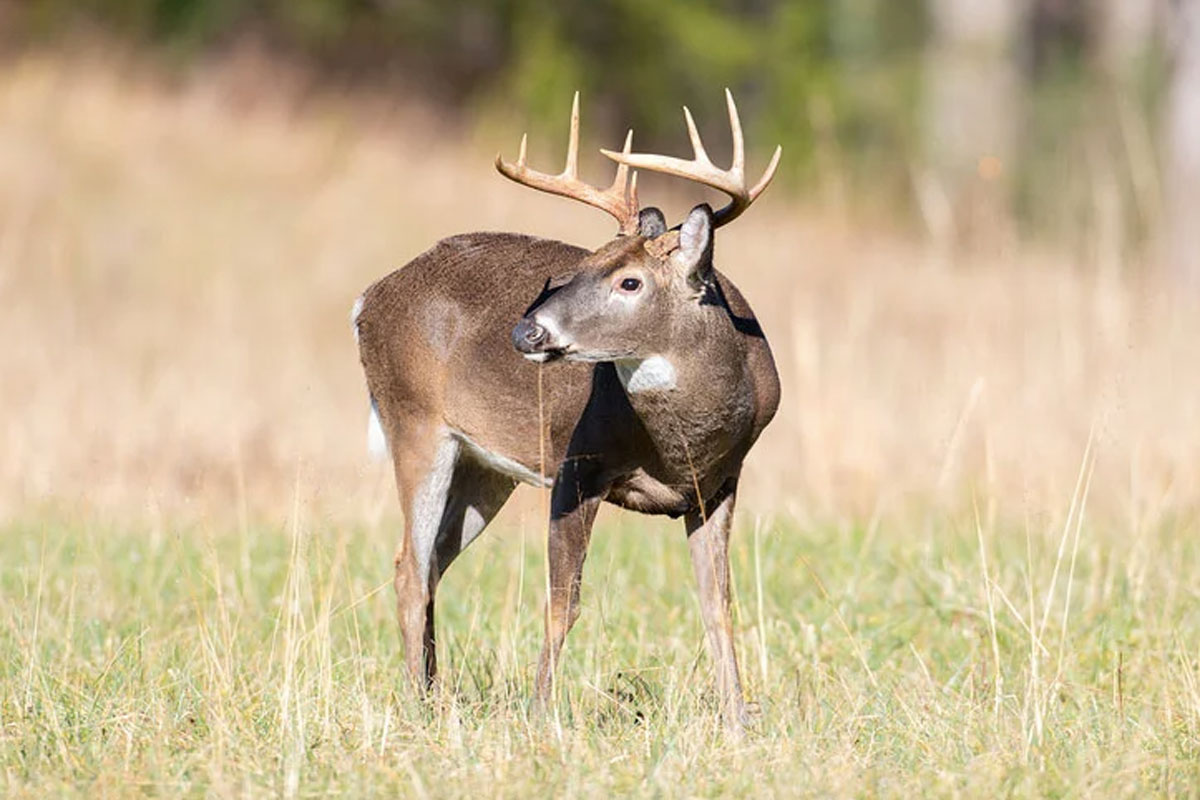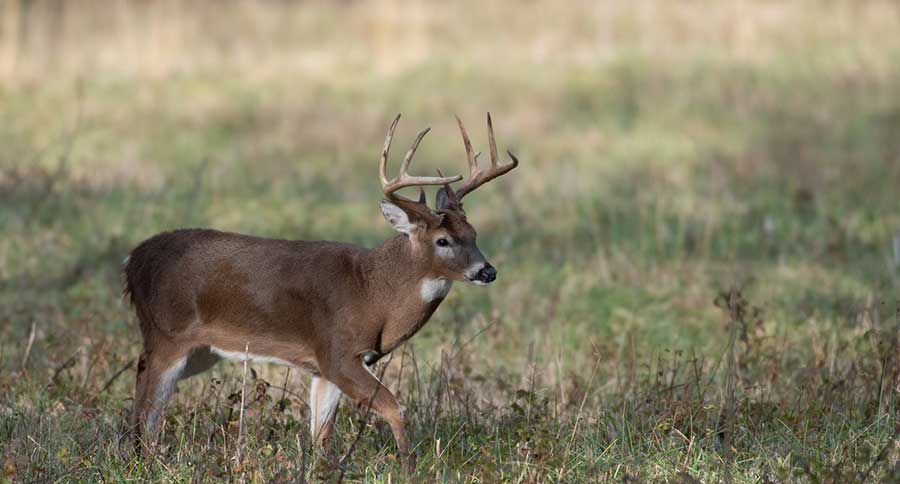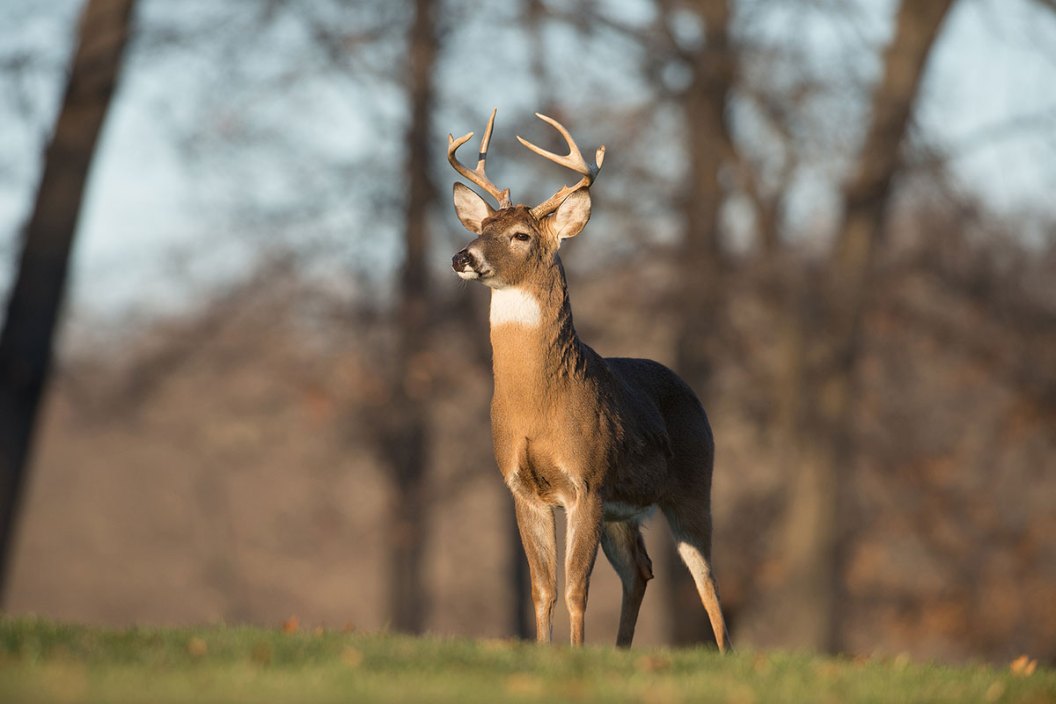Tagging a 4½-year-old buck might mean you've harvested a mature deer, but how long do whitetails typically live?
Several factors impact the average lifespan and development of whitetail deer.
In retrospect, your big buck may not be a trophy to your buddy living across the country. Here are some generalities surrounding the whitetail's lifespan, and some explanation on how they differ in different parts of the continent.
Average Lifespan of Deer Populations: How Long Do Deer Typically Live?

Not surprisingly, captive deer typically live much longer than wild deer. While deer in captivity have lived on record well into their late teens and early twenties, most wild whitetails won't live past 6 years of age.
Location is also a major factor in the average whitetail lifespan. Deer with home ranges in Texas have a longer life expectancy than those living in the north. On a related note, deer living on (or with consistent access to) private land usually live longer than those on public land.
Gender also plays a role. Female deer tend to live an average of two years longer than male deer.
Whitetail Deer Predation & Death

Whitetail deer don't typically die of old age. Depending on the location throughout North America, the most common whitetail predators include black bears, coyotes, bobcats and mountain lions. Fawns and yearlings are especially at risk.
According to the National Deer Association (formerly the Quality Deer Management Association, or QDMA, and National Deer Alliance), CWD - in addition to other diseases - is always fatal and is directly impacting deer herds.
Especially in areas without proper wildlife management, overpopulation and deer-vehicle collisions are responsible for many whitetail fatalities each year. State Farm estimates that number was 1.5 million last year, and states such as West Virginia, Wisconsin and Michigan led the way in deer-vehicle collisions during the autumn whitetail rut.
And of course, deer hunting is a major contributing factor to deer mortality - particularly deer 1½ years of age and older. For older bucks to make it through multiple hunting seasons becomes more and more of a feat with each passing year, especially in places that see a lot of hunting pressure during deer season.
Aging Whitetails

While many will look to antler size of a whitetail buck to determine its age, judging body size and composition is much more accurate when aging them on the hoof. And once the deer is dead, evaluating the teeth of the lower jaw - using the cementum annuli technique - provides the most accurate estimate.
There can be differences in the lifespan of deer across the North American landscape, but for the most part, six years old is the typical age for whitetails.
NEXT: BROADHEAD EMBEDDED IN DEER RIBCAGE SHOWS THE ANIMAL'S RESILIENCY
WATCH





